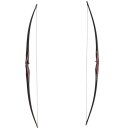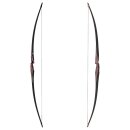66 Inch
Filters and sort order
€
€
2 Items found.
from
169,00 €
152,10 €
*
- Low stock level
-
Delivery time: 1 - 5 Workdays (DE - int. shipments may differ)



